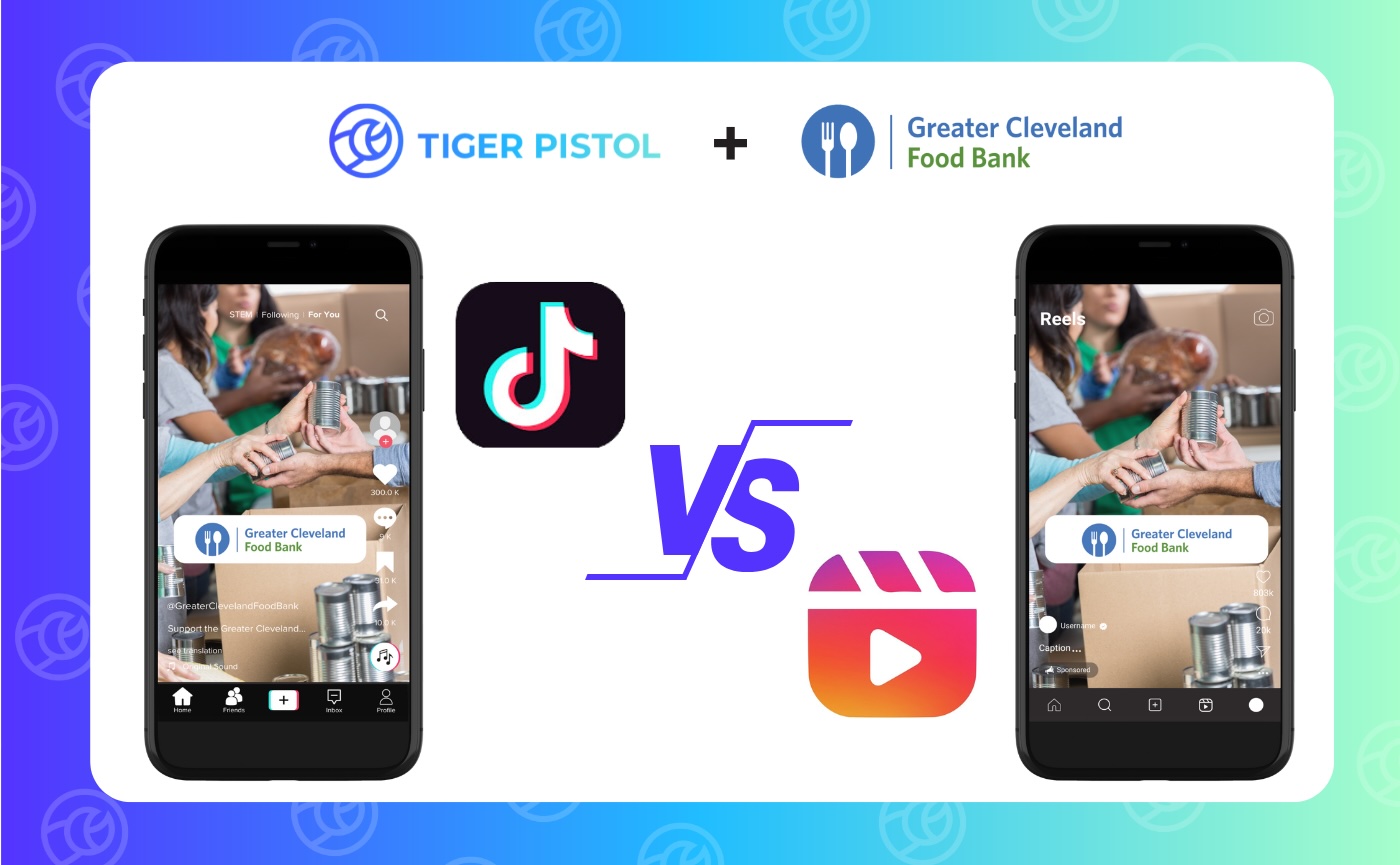Agility in Action: How Brands Can Adapt Their Ads to Local Conditions
Brand marketers responsible for driving sales through retail channels, dealers, or multiple locations face complex challenges. Today’s dynamic environment demands quick responses to changing store operations, local events, and shifts in customer behavior. To maintain strong ties with local communities, a top-tier local advertising platform offers the tools needed to adjust ad campaigns at a moment’s notice, ensuring that brand messages stay relevant, targeted, accurate, and timely across different markets.
The Power of Real-Time Campaign Adjustments
One essential feature of any effective local digital advertising platform is the ability to change, update, or pause ads with ease. This flexibility lets brands control their messaging based on local conditions, such as store openings, closures, or shifts to curbside pickup and delivery. A successful platform should provide rapid updates that accurately reflect each location’s operational status, whether open for business, temporarily closed, or offering modified services.
Hyperlocal Adjustments in Action
Take, for example, a pharmaceutical company running a national vaccination campaign. In areas experiencing a surge in flu or RSV cases, the company can adjust the frequency of its ads, increase the budget, and change the messaging to create a sense of urgency for vaccinations at partner pharmacies. Conversely, in areas with lower disease incidence, ads can be paused or shifted to focus on evergreen health messaging. This kind of hyperlocal adjustment ensures brand relevance, keeping customers informed and engaged no matter where they are.
Adapting to Weather-Related Disruptions
Weather-related disruptions also illustrate the importance of responsiveness. When hurricanes like Milton and Helene impacted southern states back to back, brands needed to quickly update ads to reflect store closures, re-openings, or changes in operational hours. A top-tier platform enables multi-location brands to seamlessly shift their strategy, ensuring each location stays connected to its community and customer base during uncertain times.
Maximizing Efficiency with Campaign Grouping and Bulk Updates
In addition to updating store information and ad content, grouping campaigns by region, product line, or store status further enhances the efficiency of localized campaigns. Whether a brand’s focus is driving immediate sales or supporting community-based initiatives, such as donation drives or gift card purchases during closures, the right platform should make it simple to switch between different campaign objectives. With bulk updating capabilities and integration with platforms like Yext or Uberall, campaigns can be activated, updated, or paused quickly, ensuring that the brand’s message always aligns with current local conditions.
The Competitive Advantage of a Responsive Local Strategy
A responsive local advertising strategy allows brand marketers to balance retail partner needs with consumer demand. Whether promoting sales, driving brand awareness, or providing timely, purpose-driven content, brands that invest in flexible, scalable local ad solutions will be best positioned to succeed. A local-first approach keeps brands relevant in changing times and strengthens their ability to support retail partners through fluctuating business conditions.
The Future of Local Marketing: Agility and Precision
Now more than ever, the importance of an agile local marketing strategy cannot be overstated. Brands that can adapt their messaging and campaigns with precision will forge deeper connections with local communities while driving sustained business results.
Discover how Tiger Pistol can power your local advertising success.
Related Posts
Geo-Targeting: A Strategic Approach to Broader Localized Advertising
In addition to retail chain and independent retailer campaigns, geo-targeting provides a flexible method for localizing ads when direct access to individual store accounts isn’t feasible. Geo-targeting maintains brand integrity and complements store-level campaigns by filling coverage gaps across different markets, from busy cities to rural areas. Three Model
Amazon Sponsored Display: Easy to Implement Creative Formats
Amazon Sponsored Display makes it simple to create and launch effective display ads that boost your business’s visibility and drive traffic to your website. With just three key creative assets – a brand logo, a compelling headline, and a lifestyle image – advertisers can get started quickly. Once these elements are uploaded, Sponsored Display takes over,
Meta’s Performance 5 Framework: Getting Personal with Scale
Meta’s Performance 5 Framework calls out five high-impact best practices for advertising across its properties. The fourth installment of this series dives into recommendation number three: Differentiate your creative by audience. The “spray & pray” approach to marketing has become obsolete. Astute marketers are honing their advertising strategi
TikTok vs. Instagram Reels: A Winning Strategy for the Greater Cleveland Food Bank
In the bustling heart of Cleveland, the Greater Cleveland Food Bank (GCFB) provides meals to families and individuals in need. One in seven of the area’s residents struggles with food insecurity. GCFB’s mission was clear: encourage monetary donations during checkout at participating local grocery stores. To tackle this, they decided to tap into the power [&





